|
In which the writer faces a second lockdown in her host city, watches a historic triangle choke, remembers her old newsroom and listens to Van Morrison's Astral Weeks. As our week comes to a close and a drizzly winter creeps upon us, Berlin ushers in a grim reality. Perhaps this second lockdown will not be as challenging as the first, hopefully it won’t feel as indeterminate and perhaps we’re all better prepared than we were the first time round. But I can’t shake a sense of weariness that feels to be everywhere. Can’t unhear every ambulance siren. On a more mundane level, the clocks changed (something that doesn’t happen in Hong Kong). I wouldn’t have noticed as much if it hadn't been for the failure in an adjustment to be made on some of the analogue faces of the metro system here– the clunky and bewilderingly dysfunctional BVG that has, for the first time in my life, made me wish I had learnt to drive. You glance up at these clocks as a shock runs through you, confronted as you are by their falsehood. Are you late? No, you are not late. Berlin is late. I partook in my ‘last dance’ on the mat. I felt tired and performed with very little enthusiasm, though it felt good to be around athletes. I don’t consider myself an athlete so much as an interloper in these worlds where people live in the moment and milk it for everything it can offer. That is why they mean a lot to me, I envy that courage to think less, and do more. Recently I have felt a deeper pull to the world of words and analysis, out of a combined sense of duty and passion. A sense of feeling needed and useful. This a good feeling, but one not without cause for worry: will I start falling into old habits again? I bought a packet of cigarettes for the first time in months this week. Reading a pile of newspapers amid a pandemic and ahead of a disconcerting election kind of makes you do that sort of thing. I’ll smoke one more, throw the rest in the bin. It seems selfish to treat my health this way given the wider context. This said, it's felt good to feel more plugged in, engaged with a world that used to be my everything. Felt nostalgic for the stimulation and the unique forms of interaction you get at such places, especially when things are working relatively well and you've carved out a corner for yourself where you can do good and meaningful work under the right mentorship, There are a lot of good feelings out there, but I do think living with purpose and a sense that you are contributing to the world is one of the best. And that doesn't have to mean unearthing the darkest of dark stories, though such work usually does earn you more kudos. It just has to be a story that knocks you off your feet a little bit, widens your aperture around the possibilities that come with experiencing and learning about this world. "Look at this bird, Sarah. How stupid does this bird look?" my former editor, a foul-tempered but goodhearted and rather brilliant Scot said as he pulled out a print out of a Chinese species of chicken that did indeed look pretty weird. "I need to put a picture of this stupid bird in my newspaper. Find a story, Sarah," he said. And I did a bit of digging, and there it was. A story decent enough for page three. My favourite page. Reporters salivate over making the front-page, and yeah that feels good because you feel kind of cool and important for about two seconds. But further on is where the interesting, quirky stuff goes. The stuff that's not quite news, not quite fluff. The in-between story. The in-between stories remind us that life isn't always a constant bombardment of horror, nor is it bubblegum. It's a stupid-looking bird with black flesh and poodle-like plumage unique to Chinese cuisine with fluffy feet that could potentially pose a health risk should another bird flu outbreak present it itself (as they often did) given that it shares the same susceptibility to the flu as common poultry -according to a New York-based WHO-affiliated scientist I found, but are not recognised as such by Hong Kong's clunky food and health bureau. Something that has cheered me up– besides newsroom reminiscences and thoughts about fluffy birds– is a link someone sent to a historic MMA fight that took place last week in which the famed Khabib Nurmagormedov emerged victorious after wrapping his legs around the neck of his opponent using the triangle choke, a move I have tried and continuously failed to master, and which I tend to prematurely tap out of when I am on the receiving end– more out of shock than the genuine threat of being ‘put to sleep.’ It’s such an uncomfortably intense situation to be in. Worse than being screamed at by editors insistent that you have made a mistake when they’re actually the one in the wrong, “Yeah, enough about the triangle choke –what about after that?” I was asked. That is, the bit where Khabib, overcome by emotion, falls to his knees and cries, joined a few moments later by his defeated opponent, who wraps his arms around him and comforts him.  Yes, it was touching. And yes, this is the world I fell in love with, the world I escape to. “The only true currency in this bankrupt world is what you share with someone else when you’re uncool”. These are the words of America’s lauded rock critic Lester Bangs, a gloomy type but a fantastic writer whose essay on Van Morrison’s endlessly charming Astral Weeks is my go-to feelgood read. I can’t find it now, which is annoying, but it describes a weariness with a scene and culture he had felt had grown stale and performative somehow. The album blew that away, that nihilism, and sense of social dead-end-ness, a posturing turgidity– to use an expression that feels like something that might be uttered in conversation between Raskolnikov and Holden Caulfield. Astral Weeks brought something real and raw, something that inspired wonder. It reminds me of the ebbs and flows of passion, numbness and pain, and how there’s always the prospect of something waiting, just around the corner, that might make us feel –in Van Morrison’s words– born again. It is a beautiful album and I’ll listen to it now as I smoke this last cigarette.
0 Comments
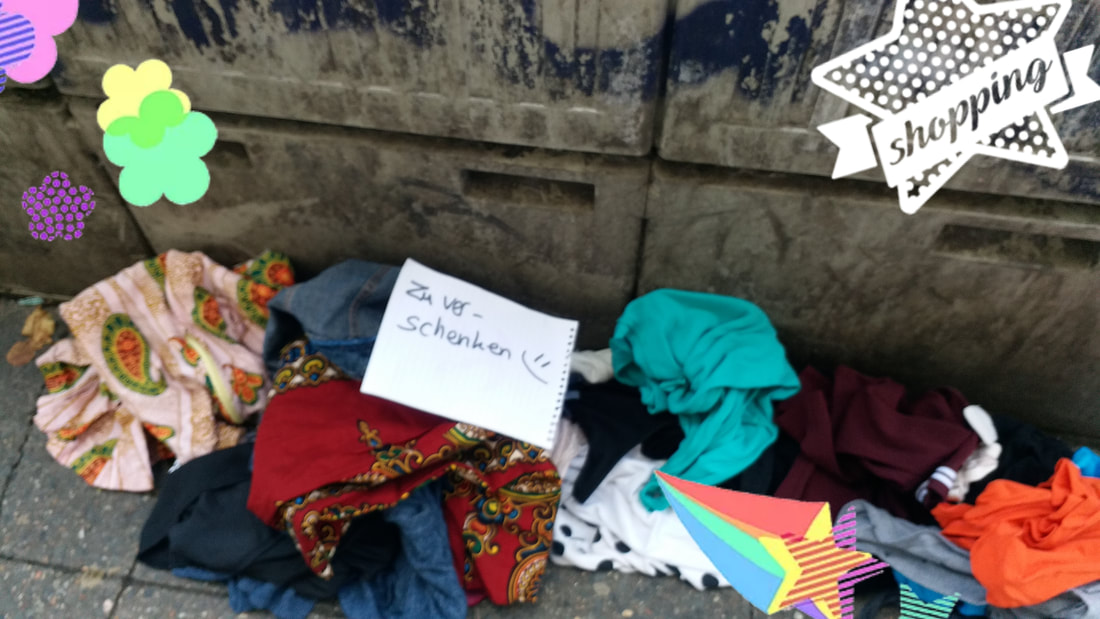 Just off Hermannstrasse, Neukölln Just off Hermannstrasse, Neukölln In which the writer has her work critiqued and as a result offers her reader a greater deal of context. I have recently shared one of these posts with a writing partner whose feedback was as follows: “It’s the rambles of an ‘impossible’ narrator who provides no context.” I suppose there is some truth here. An editor once made a similar remark about my writing: “It takes you awhile to get to the point.” He echoed much of what I heard growing up, trained under the maxim that everything worth saying can be whittled down to a headline, and that all headlines that stretched beyond two lines were a disgrace. That everything halfway from here to there says nothing at all. There was news. And there was dross. And then, there was the perfect headline. Why could I never write the perfect headline? Why do I still struggle in writing the perfect headline? It’s never quite there. It’s always short of that one word that I can’t access, that’s sitting just on the tip of my tongue. Somehow that perfect New York Times-esque balance between punch and elegance eludes me. There was news, and there was dross. I edited myself accordingly. Kept quiet the places I did not know. Listened for a clarity that never came. Now I wonder whether these meanders into nowhere and everywhere are my own rebellion. But here: some context: When I began these posts I pitched myself to my invisible audience as a so-called “third/culture/kid” having returned after years of timeawayness as a journalish-daughter-of-a-journalist relocating to a city I once knew fromchildhood. Along the way I have described the ethical quandaries, the pain and relief of leaving Hong Kong during its depressingly historic moment, I have gone into the various emotional and intellectual quagmires of my trade, and I have also taken little forays into the world of MMA that had served as a much-needed escape and which helped me learn to embrace parts of myself buried deep underneath all this excessive thinking and analyzing and worrying, and this unshakable, maladaptive perfectionism that always burns me out. On the mat, I don’t have to be perfect. I just have to be game. “Stop thinking about what you can’t do, start thinking about what you can,” my first coach used to say. Through this time, in which I went from staring bleakly out of windows, and partaking in my favourite pastime, that is, walking wherever my feet take me, new responsibilities came my way, not least a fellowship inviting me explore Europe’s shifting media landscape, and so have various shifts within me taken place. I can’t say I myself have achieved a sense of belonging here (I am doubtful as to whether that would happen anywhere). But I believe I have found my feet. And I am getting a little bit closer to achieving one thing I set out to do: Be imperceptibly foreign when I open my mouth. Last week, someone mistook me for a Bavarian. I consider this progress. More context: I would pretend that I had bold plans for this little, aimless project of mine. But really it was to help keep my fingers busy and my mind active through Corona, and because writing is always what I do when I need to figure things out, and returning to Europe after all these years away has been one of the strangest, most necessary things I’ve had to do. Bounding into the unknown has always come far easier to me than homecomings. There is your context, kind, invisible reader. Oh, to explain another point: I have entered into the habit of beginning each entry by describing the view outside my window: A warm up for my fingertips that reminds me of an early premise made here: That a change in perspective might resolve certain feelings of restlessness in looking at something that seemingly remains the same. I observed seasonal shifts from my window, tried to interrogate my view in a way that would prevent me from growing bored of it.
But I also cheated in this exercise. I have moved twice now since I began this blog, and I still can’t escape my geographical restlessness, much as I know that staying put, creating routines and a sense of familiarity and attachment, are what I need to do to find the roots that elude me. This new view is so far my favourite. Especially at golden hour, which it is right now. I’m not sure I’d appreciate autumn so much if I hadn’t lived without it for so long. Read more on Sarah's Mixed Martials Arts journey via the links below: 1. Fight Club 2. Lessons from the mat 3. Good and bad algorithms 4. Taming the lizard brain Read her summary of why she fights, and what cultural value MMA brings in her BIO. 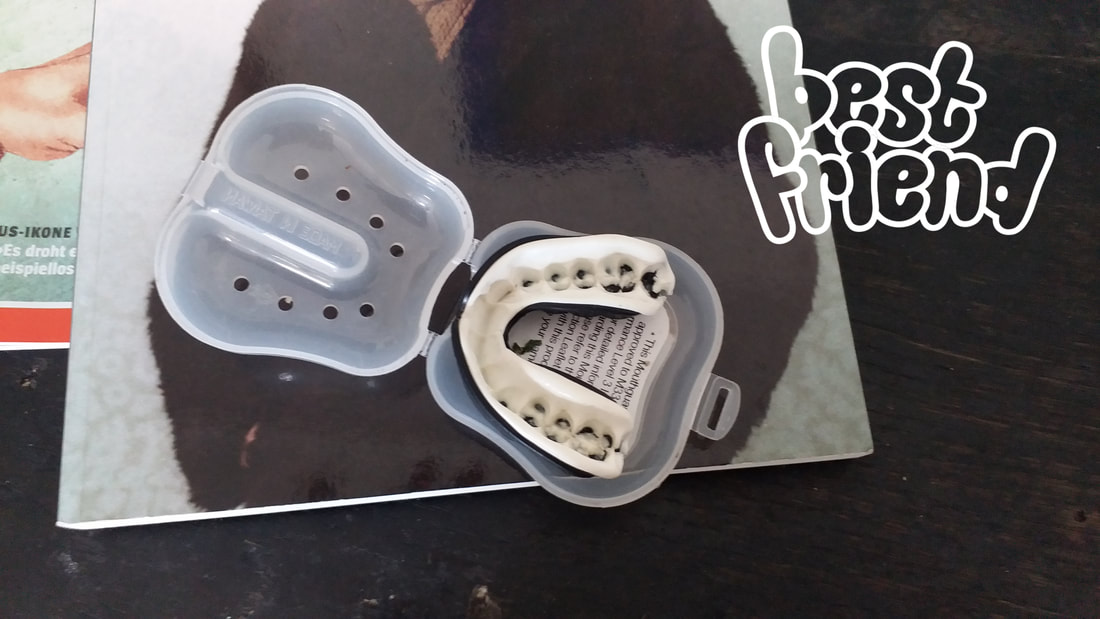 In which the writer makes an inventory of the bruising inflicted during a particularly passionate week of fighting and learning. Early morning. Birds moving mostly in one direction, brown has overtaken green and leaves jitter. Visually, winter’s approach is palpable. Physically, also. I wear woolen socks my mother knitted. My feet still feel a chill, but it’s fine. The sensation wakes me up, keeps me alert. These are in fact the perfect conditions for writing. Mild, austere discomfort, and quiet. As I take this inventory of subtle hallmarks of a seasonal shift, I notice changes that have occurred in my own body this week, too. A greater determination and focus has seen me commit more time to the mat, and the ensuing improvements in performance have lead to me taking greater risks, and showing more tenacity and confidence in a fight: Has led to me showing up, in a fight. Working actively, not just reactively. Though my hesitance in committing to a takedown pervades. I continue to opt for the process that has worked time and again: Keeping low, letting my opponent execute the takedown, and allowing my body to do what it often seems to do of its own accord in this particular context, that is, somehow land and flip things around such that I end up having the upper hand. “You always fall on your feet,” my mother likes to say. This shift in tenacity and confidence writes itself into my body. My shins, first, are peppered with subtle green and purple bruises, and there’s a cut on my ankle proving that a sparring partner has not abided by the rules and forgotten to clip his nails. These mementos don’t feel all that strange to me; anyone athletic or outdoorsy would have them. And they remind me of a session we had with my first coach and his motley crew of fighters who were, by the way, some of the loveliest people I’ve ever met, and besides journalists, the best community I’ve found in terms of being able fling this way and that some great zingers. (‘Go read Moby Dick, nerd’ one guy used to shout at me, before demanding I make him a sandwich. Of course, I lined up my own retorts, and fired them in his direction in between rounds. He, a serious gamer turned Muay Thai nut, was a super fun guy, and I really miss him.) But yeah, this session I was reminded of, in which our coach told us to stand in a circle and commit to a chain of low kicks, going round and round, learning to instinctively twist our thighs around and tense up the muscles as we received the kick. “You just have to build up resistance to getting kicked so you can focus on other things during a fight,” he said. You learn to laugh off the pain and see bruises as essential to the learning process. The further up my body these bruises go, the stranger I feel about them, the more I feel like they ought to be hidden somehow. What would people think if they saw them: The purple patch around my wrist the size of my palm which speaks to someone’s attempt to get me into an Americana which I resisted by tensing my bicep, sliding my other hand under him, creating leverage, and clinging to that endangered hand as I slivered out from underneath him. “In this session, would you like to talk about why you like to fight men?” a therapist asked me last year. The answer to that question is, if given a choice (class ratios tend to be 10 per cent women, if that); my optimal opponent is a woman who is just a bit stronger (doesn’t happened all that often, I have to say) and more experienced and knowledgeable than me (happens all the time). This is optimal for learning. The women I fight with, on the whole, tend to be more communicative and gracious, and the experience of being dominated by one tends to stir fewer complex emotions in me. Although I am getting better and distinguishing between the male opponents who want an interesting and challenging fight, and are helpful and cool, from those that, it seems, really struggle with the idea of being overpowered by a woman, and who can get carried away when that prospect presents itself. I can feel it, when those emotions come up in them, and something in my body prepares accordingly. I sharpen, and focus, and something within my chest jitters like those winter leaves, almost impalpably. I operate entirely in a defensive mode and play a long game. I try not to tap out in fear, and I try to get the upper hand as and when they start to gas out from all that huffing and puffing. I protect my wrists. Because these are the guys who especially enjoy a nasty wrist lock which disables you quickly with a sharp, searing pain. A cheap shot. Most importantly, I stay put. I don’t run. And at the end of the round, I shake hands/ bump elbows, and look my opponent steady in the eye. I’ve been told, by women, that the guys you need to watch out for are the ones who show up having watched a bunch of YouTube videos, eager to fling their weight around. Dedicated guys are not really about that, they say. “You know, if it was easy, I wouldn’t keep coming back,” said one guy this week, who taught me two new submissions and to whom I admitted struggling with these complex maneuvers. It’s true. If it was easy I wouldn’t keep coming back, either. And I feel exactly the same way about facing a blank page, too. If writing was easy, I don’t I’d do it so much. There are other bruises, few of them I remember the specific event in which they were inflicted, and which I certainly did not feel as they were inflicted: An ugly and heavy brownish purple one on my arm that has faded surprisingly quickly, and a big annoying purple one on my right elbow that makes itself known every time I attempt to rest on it, and which made me jolt slightly with pain during a meeting in one of those strange moments where the professional persona you have is rudely interrupted by the person you are in your other worlds. Creep higher up my body still and we have something that has never occurred as a result of my recreational activities before: a little bruise on the side of my chin which I would cover up with concealer if I could be at all bothered with applying make up on a day-to-day basis, and a nearly imperceptible scratch on my left eyelid.
This reminds me of a great line from my first coach when he returned victorious from a fight in preparation for which he had had to cut 10kg of weight in under a month while studying his opponent – a kickboxing brawler-type known for his unpredictability in combat. “Still pretty,” he said, on his first day back, pointing at a face that was almost blemish-free. In an interview with The New Yorker, Ronda Rousey, MMA’s (now retired) golden girl (whose face is also blemish-free) said that it was the girls who didn’t look like they fought that you had to watch for. They were the ones who were good. The woman who played a part in coaxing me onto the mat with the line; “I can’t wait to see your first KO” - Hong Kong’s first female professional MMA fighter, who quit her high-powered job in management consulting after smashing up too many computers, also didn’t “look” like she had fought. Some might read the anecdote above as an indication that the person probably most responsible for this strange hobby of mine had anger issues. This simplifies who she is, and what learning to fight does for people like her, people like us. I think some people in this world are racehorses trained to work in pony pens. Intense emotions, like anger, are symptoms of something underlying, something that is wrong, and that needs to change. It’s the lizard brain screaming “enough!” – the part of yourself you learn to talk to, negotiate with, and tame, on the mat in way you don’t get to anywhere else. Not even in a therapist’s chair. I am not sure I can call myself a racehorse. I believe I am little bit too awkward a person for that label. Racehorses are so suave. But what I am doing is operating within a lane which is quite different from what it’s “supposed” to be, and I think what martial arts is helping me do, is find the courage and the tools to commit to this path. And the result is I have a life I love, bruises and all. Read more on Sarah's Mixed Martials Arts journey via the links below: 1. Fight Club 2. Lessons from the mat 3. Good and bad algorithms 4. Taming the lizard brain Read her summary of why she fights, and what cultural value MMA brings in her BIO. |
Sarah KaracsA Berlin-based writer engages in the study of belonging and in-between places after years spent faraway from 'home'. Archives
August 2023
Categories
All
|
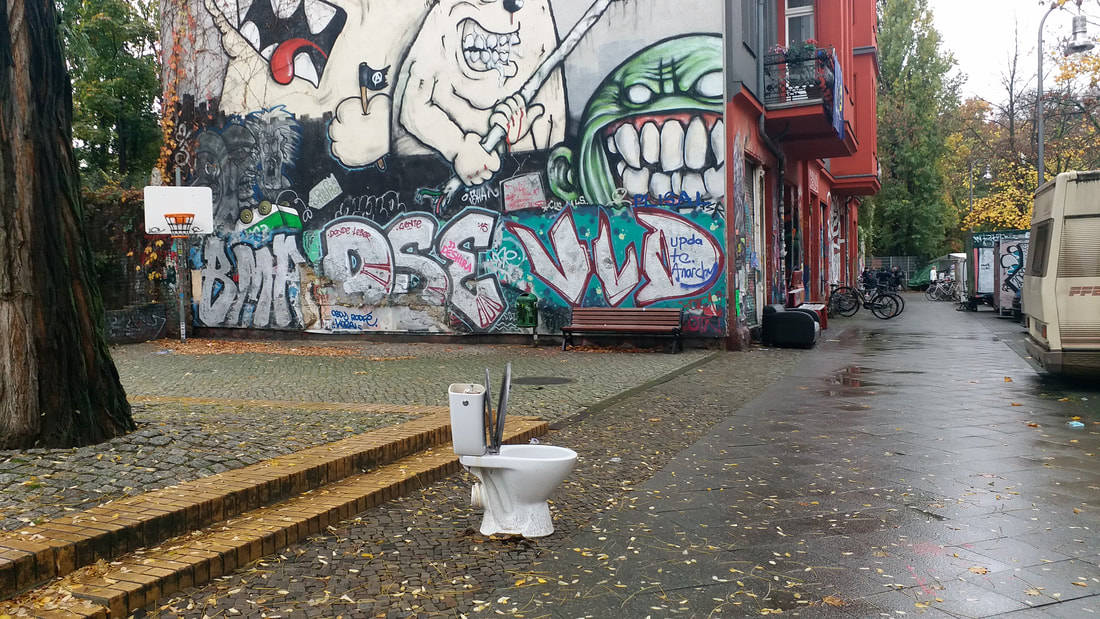
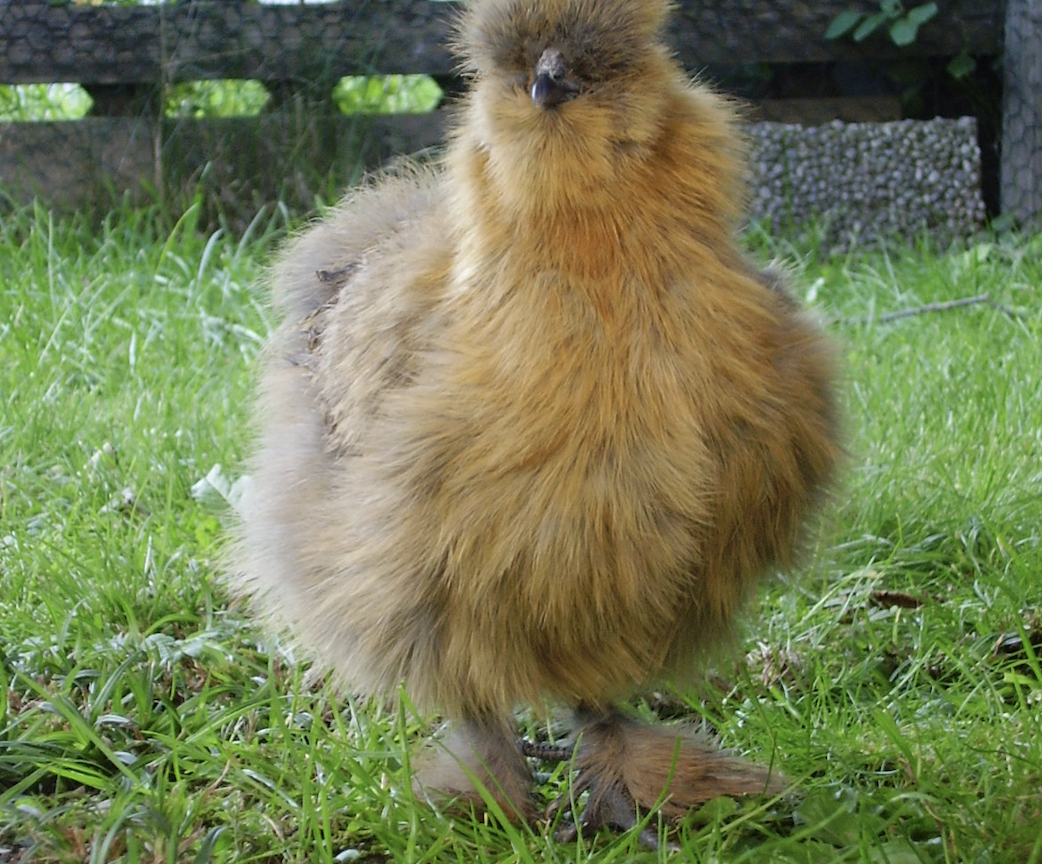
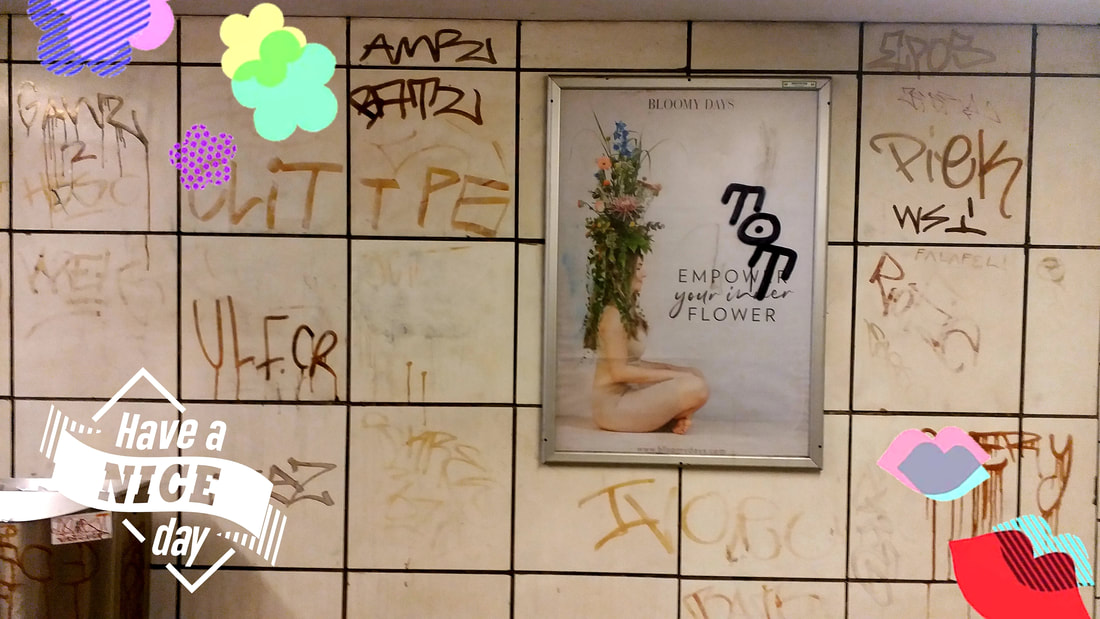
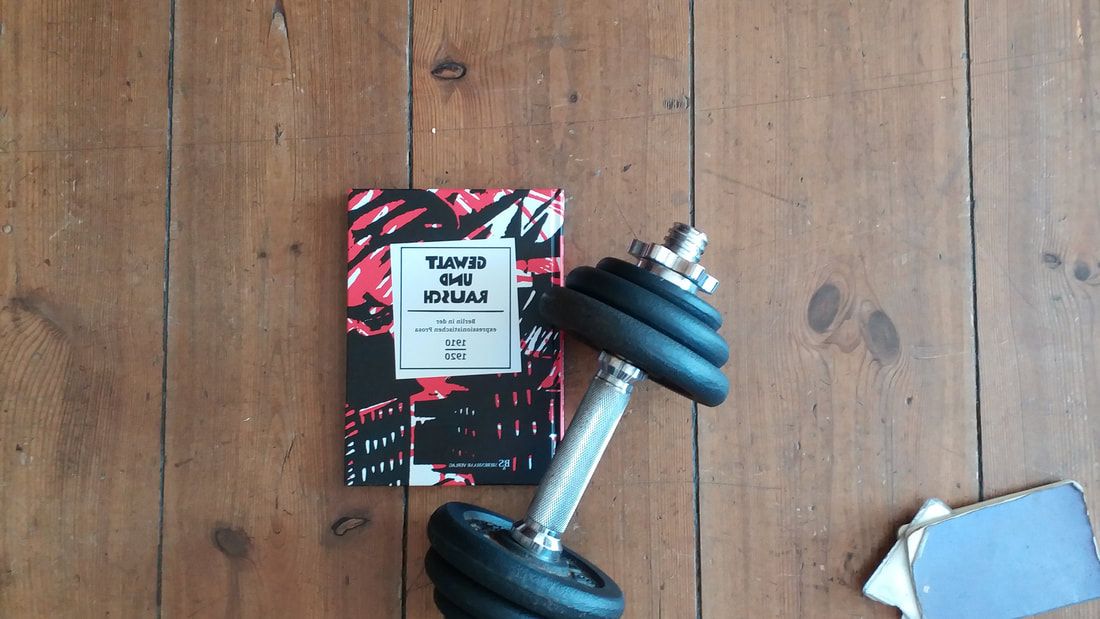
 RSS Feed
RSS Feed